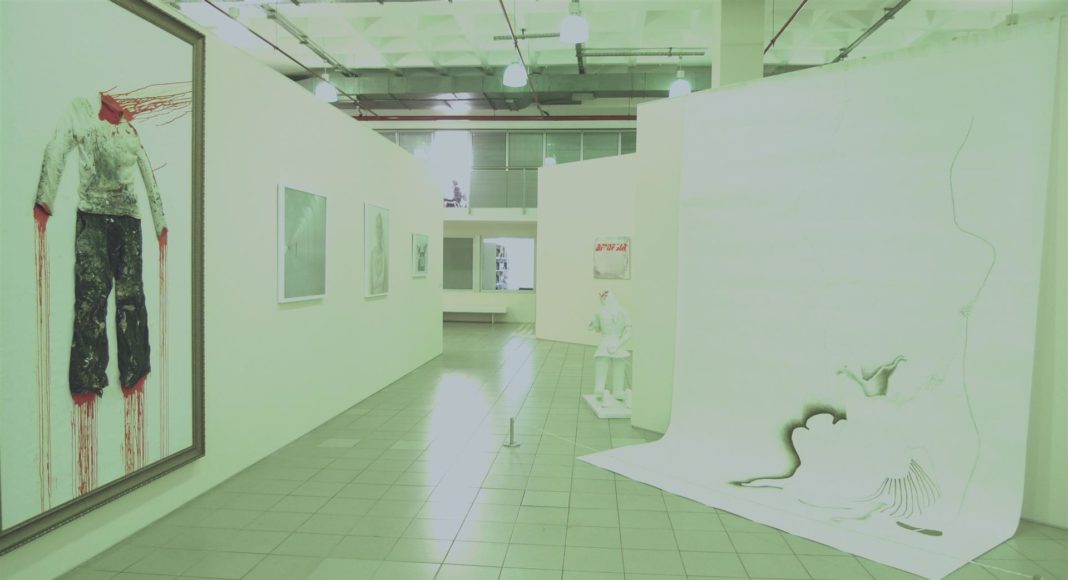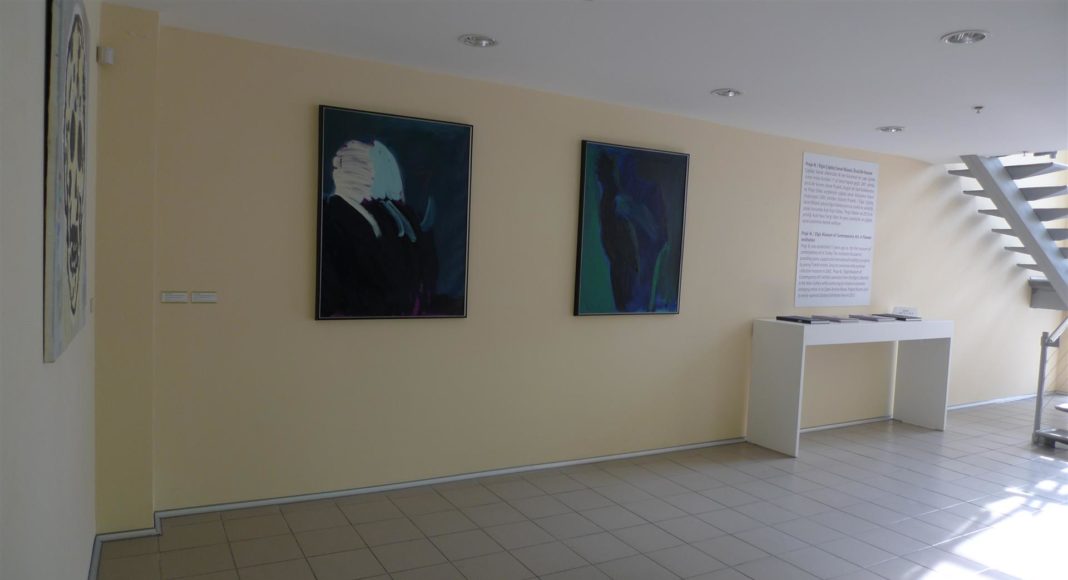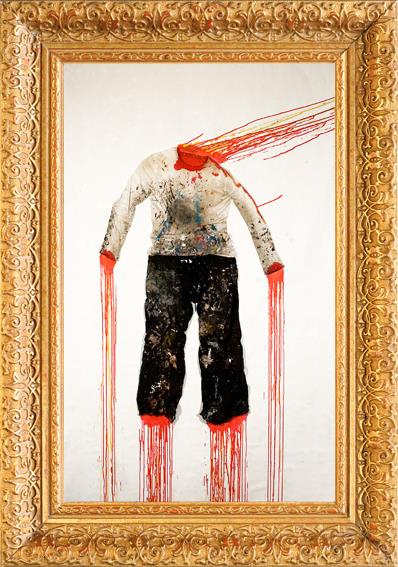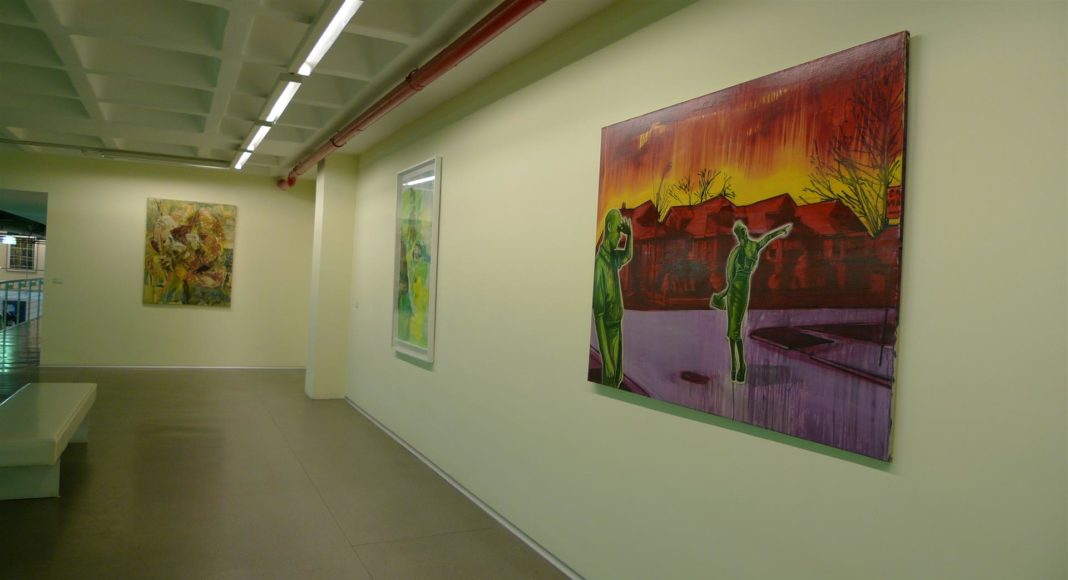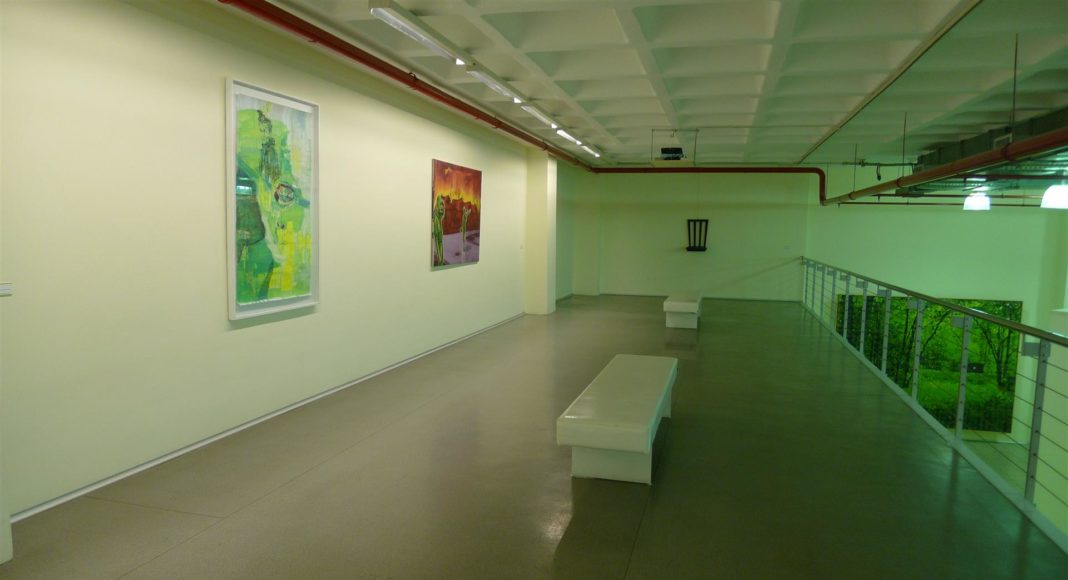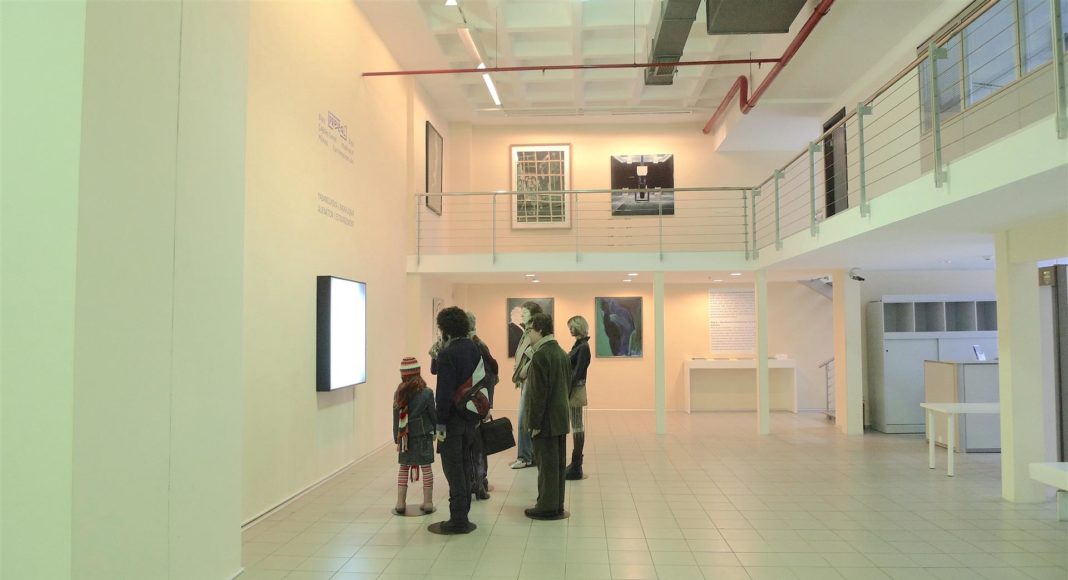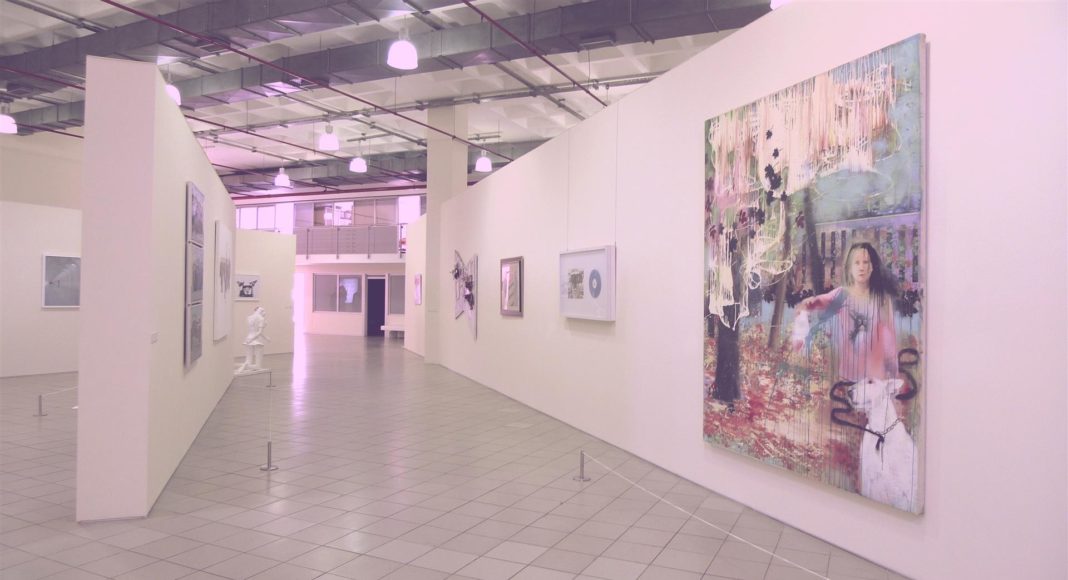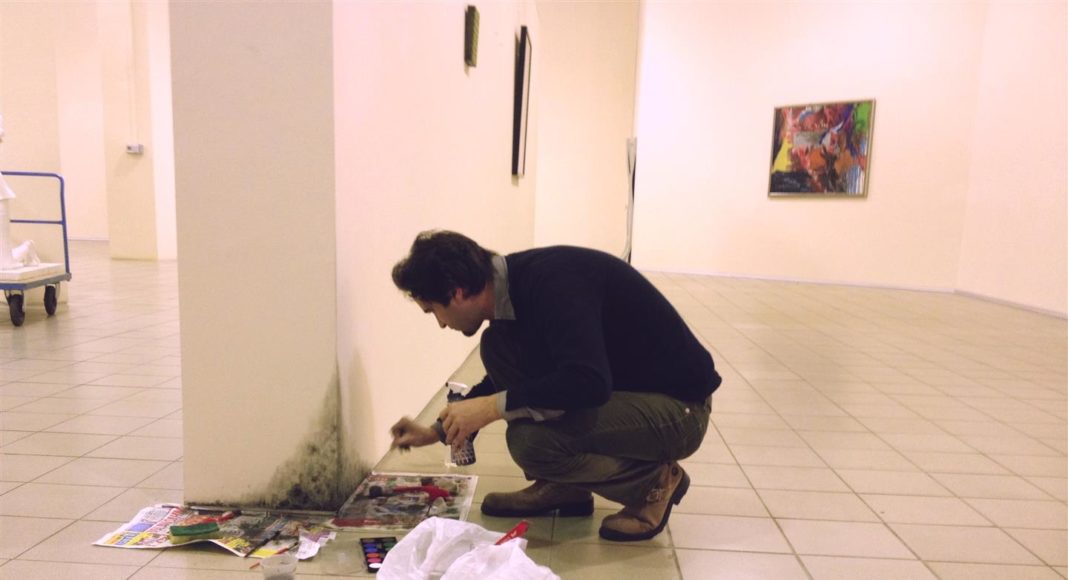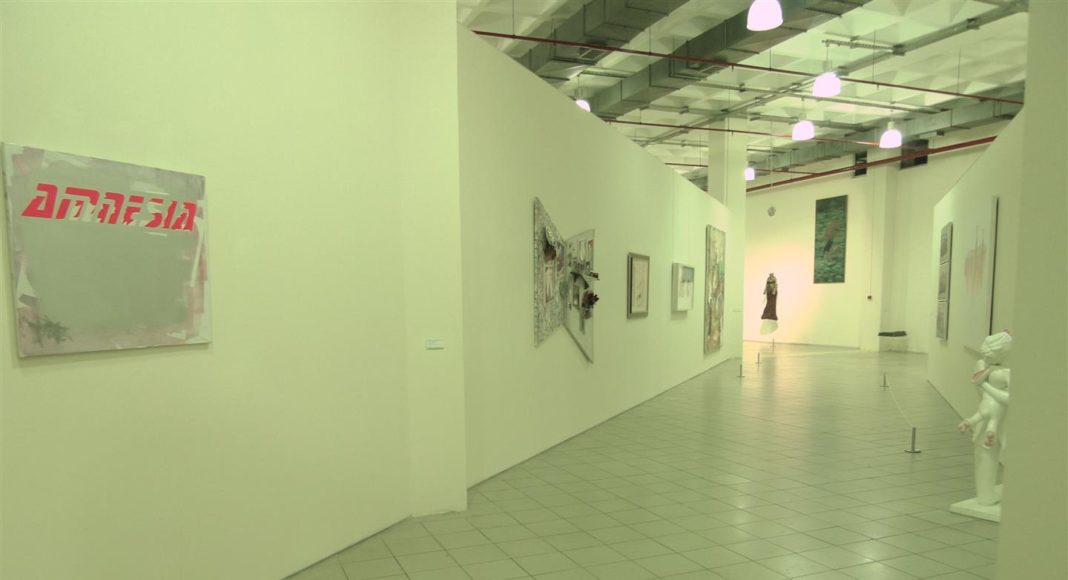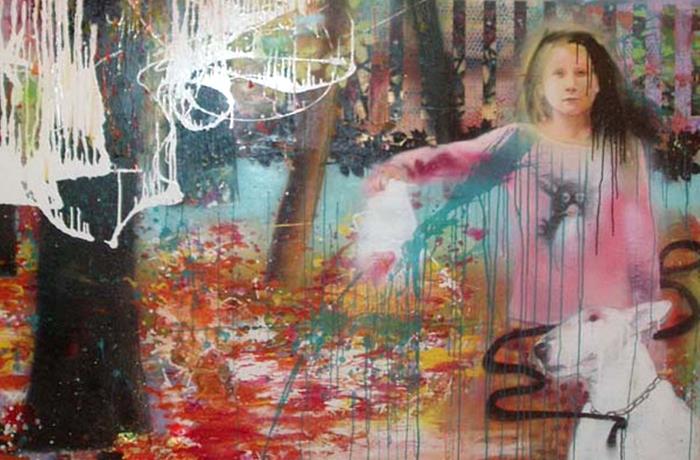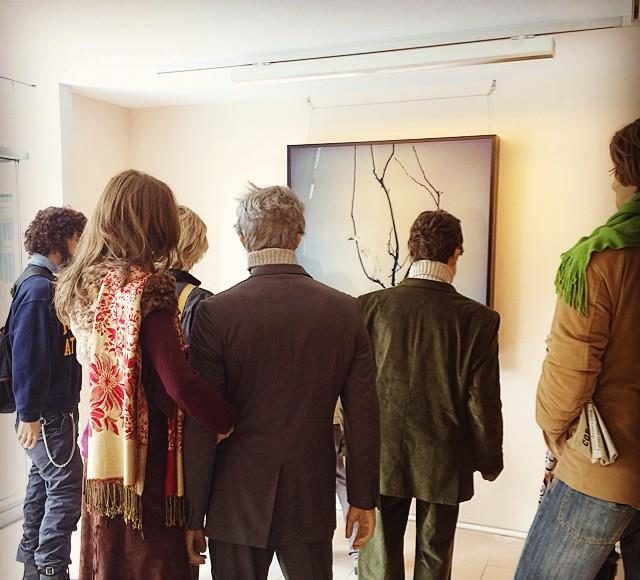Estrangement and Alienation Project that was curated by Billur Tansel at the Elgiz Museum of Contemporary Art in Istanbul in 2014
Alienation/ Estrangement
Curator: Billur Tansel
The selection of the artworks from the Elgiz Collection for this exhibition was realized with a focus on a theme, that has been one of the most encountered problematics of humankind in and after the twentieth century: ‘Alienation/ Estrangement’. With the development of science and critical thinking, the ability to believe in a transcendant basis for values and beliefs was lost and from the latter was caused a separation, disruption and fragmentation of things that until then seemed to properly belong together.
The existential philosophy suggests that we as human beings are thrown into this world without our own consent, we do not get to choose the country and the family we will be born into, our physical traits, our religion … As being-in-the-world, we are already engaged in a shared-life-world-view that gives us a prior sense of what is possible, and we find ourselves with choices in our past that carry weight in determining how we can act in the future. This is our facticity, and the ability to transcend our facticity means that we have free will. The individual’s life becomes inauthentic at the point the individual becomes one of the herd and does what ‘one’ does in familiar social situations. Since we are responsible for who we choose to become with what we were given to begin with, we are prisoners of our freedom.
In both Hegel & Marx, alienation refers fundamentally to a kind of activity in which the essence of the agent is posited as something external or alien, assuming the form of hostile domination over the agent. Or in Sartre’s words, what is unique about humans is that their own being is in question for them in such a way that human reality becomes not ‘what it is’ but ‘what it is not’.
Nietzsche holds that we are both creatures and creators, and Heidegger and Sartre refer to the facticity of the self considering our ability to surpass our givenness through our interpretations and aspirations. Human existence has a temporal structure in that his temporality has a kind of cumulativeness and future-directedness.
How many times we dreamed to change our life, city, job… flying away and being elsewhere! The concept on which is based this exhibition “Alienation”, is resumed in these few words: “…everyone has his small rocket, propelled in the blue of the outer space with fragments of himself inside…”1
Because there is no determined essential nature which humans have in advance, our essence as individuals is defined and realized through our concrete existence. Despite this freedom of self-definition, since we have found ourselves in this world that was not our conception, we find we are alienated with our very self, the society we are part of, the world we live in… The individual who chooses to be authentic, in the sense that he takes control and responsibility of his own existence, he feels a growing sense of loneliness, unsupportedness in a cold and meaningless universe. Soren Kierkegaard held that humans are at the most basic level solitary, existing with no real connections to anything in existence in this world. And thus the explanation of anxiety and despair, in the experience of which one confronts one’s own naked existence. Authenticity involves the awareness that, because we are always free to transform our lives through our decisions, if we manage to maintain a certain identity through time, this is because we are choosing that identity at every moment.
We are Beings that have a physicality in space, we encounter the world from one standpoint of a particular bodily positioning on earth, however, we are also affected by moods and commitments that influence our perception and thoughts.
The world is in a total flux, everything constantly changes but the change Itself. And we, as the human beings, have to be a part of this change, or we will be left out..
One of the leading aims would be to accomplish/ achieve the richest and most fulfilling life in the contemporary world. As Sartre suggests, in choosing my interpretation of myself I simultaneously choose the world. In recognizing our freedom to determine our own lives, we also come to accept our responsibility for who we are.
Through the study of the selected artworks made of various materials, the viewer is lead into an epistemological riddle that leads to the alienation process of the human mind. Each artist’s work suggests an alienation process of the human mind.
The artists whose works can be viewed at the exhibition are Anne Wölk, Arslan Sükan, Aslı Torcu, Azade Köker, Bedri Baykam, Bengü Karaduman, Burcu Yağcıoğlu, Burhan Doğançay, Daniele Buetti, Danielle Kwaaital, Donald Baechler, Doug Aitken, Erdoğan Zümrütoğlu, Fausto Gilberti, Günther Förg, Hakan Onur, Hale Tenger, Hande Şekerciler, İhsan Oturmak, Jack Vanarsky, Johannes Wohnseifer, Kezban Arca Batıbeki, Loris Cecchini, Murat Germen, Mustafa Kula, Mustafa Pancar, Özlem Günyol, Paul Hodgson, Pınar Yolaçan, Piero Gilardi, Pieter Ombregt, Robert Gligorov, Roger Weik, Roman Lipski, Şenol Yorozlu, Şükran Moral, Volkan Diyaroğlu, Xavier Veilhan, Yaşam Şaşmazer. Also, two young artists were invited by the curator to contribute to the exhibition with their projects: Orhun Erdenli with his site specific project entitled ‘Mildew’ and Yüce Karacagil with his video installation: ‘Retribution’.
Billur Tansel
Curatorial Text
22 January-3 May 2013
Full article: http://thevoicekid.com/play-wmO4bN1iVf0/yabancila%C5%9Ema/ba%C5%9Ekala%C5%9Ema-%C3%9Czer%C4%B0ne.html


















